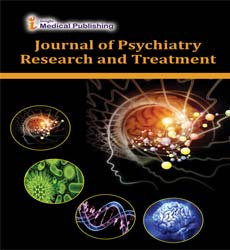Administration of Exendin-4 but not CCK alters lick responses and trial initiation to sucrose and intralipid during brief-access tests
Abstract
Administration of cholecystokinin (CCK) or the glucagon-like peptide 1 (GLP-1) receptor agonist Exendin-4 (Ex-4) reduces food intake. Findings in the literature suggest CCK reduces intake primarily as a satiety signal whereas GLP-1 may play a role in both satiety and reward-related feeding signals. Compounds that humans describe as âsweetâ and âfattyâ are palatable yet are signaled via separate transduction pathways. Here, unconditioned lick responses to sucrose and intralipid were measured in a brief-access lick procedure in food-restricted male rats in response to i.p. administration of Ex-4 (3 h before test), CCK (30 min before test), or a combination of both. The current experimental design measures lick responses to water and varying concentrations of both sucrose (0.03, 0.1, and 0.5 M) and intralipid (0.2%, 2%, and 20%) during 10-s trials across a 30-min single test session. This design minimized postingestive influences. Compared with saline-injected controls, CCK (1.0, 3.0, or 6.0 µg/kg) did not change lick responses to sucrose or intralipid. Number of trials initiated and lick responses to both sucrose and intralipid were reduced in rats injected with 3.0 µg/kg, but not 1.0 µg/kg Ex-4. The supplement of CCK did not alter lick responses or trials initiated compared with Ex-4 administration alone. These findings support a role for GLP-1 but not CCK in the oral responsiveness to palatable stimuli. Furthermore, Ex-4-induced reductions were observed for both sucrose and intralipid, compounds representing âsweetâ and âfat,â respectively.
Open Access Journals
- Aquaculture & Veterinary Science
- Chemistry & Chemical Sciences
- Clinical Sciences
- Engineering
- General Science
- Genetics & Molecular Biology
- Health Care & Nursing
- Immunology & Microbiology
- Materials Science
- Mathematics & Physics
- Medical Sciences
- Neurology & Psychiatry
- Oncology & Cancer Science
- Pharmaceutical Sciences
